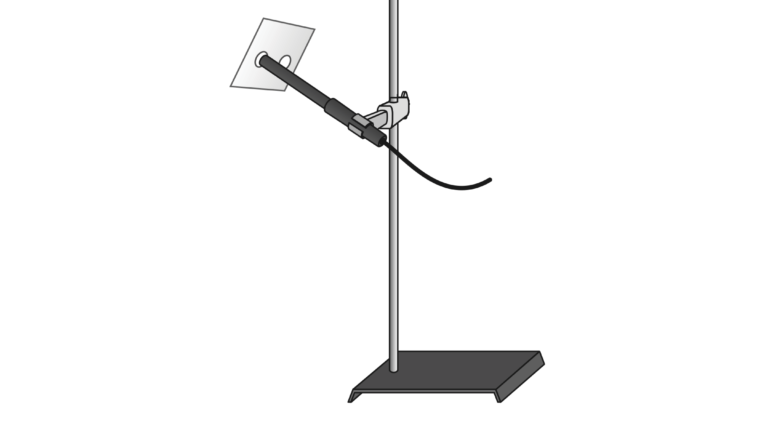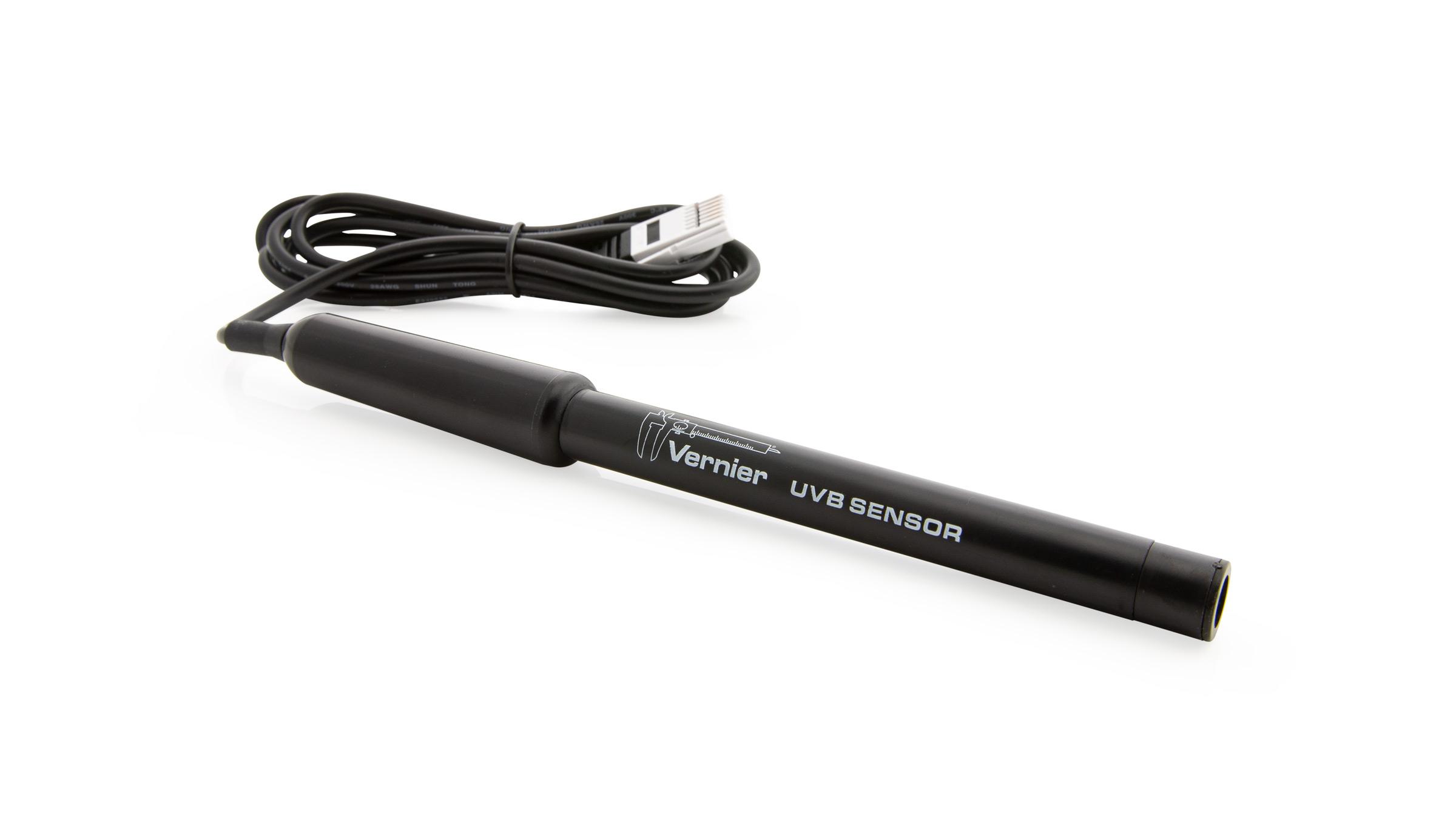Comparing Sunscreens
Experiment #22 from Investigating Environmental Science through Inquiry
- Subject
- Environmental Science

Introduction
Sunscreens are available in many different types and with many different levels of protection. The most common measure of protection from UVB radiation is the SPF factor. SPF, or sun protection factor, describes the increased amount of time you can be in the sun before your skin starts to burn. For example, a sunscreen labeled SPF 8 means that you can be out in the sun eight times longer before burning than you would without using any protection. Products range from SPF 0 to SPF 50 or higher. But is SPF 50 really twice as protective as SPF 25? In this experiment, you and your classmates will search for answers to questions such as this.
The ultraviolet band is broken into three types referred to as UVA, UVB, and UVC. The most harmful of these three, UVC radiation, is absorbed by the atmosphere and does not reach the Earth’s surface. UVA radiation is deep-penetrating and causes tanning, wrinkles, and some forms of skin cancer. UVB radiation is also responsible for many skin problems such as sunburns and several forms of skin cancer.
Objectives
In the Preliminary Activity, you will gain experience using a UVB Sensor and learn UV intensity measuring technique as you determine the amount of UVB radiation passing through plastic wrap and through plastic wrap coated with a thin layer of sunscreen.
After completing the Preliminary Activity, you will first use reference sources to find out more about ultraviolet radiation and sunscreens before you choose and investigate a researchable question.
Sensors and Equipment
This experiment features the following sensors and equipment. Additional equipment may be required.
Ready to Experiment?
Ask an Expert
Get answers to your questions about how to teach this experiment with our support team.
- Call toll-free: 888-837-6437
- Chat with Us
- Email support@vernier.com
Purchase the Lab Book
This experiment is #22 of Investigating Environmental Science through Inquiry. The experiment in the book includes student instructions as well as instructor information for set up, helpful hints, and sample graphs and data.


